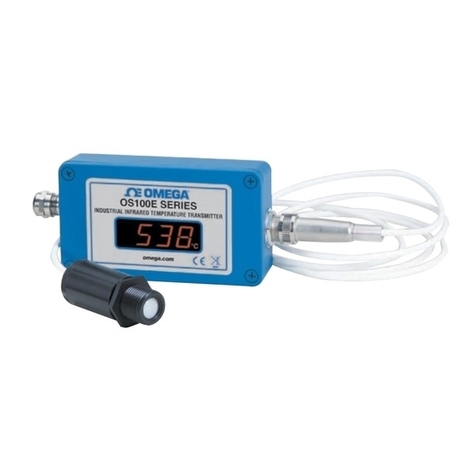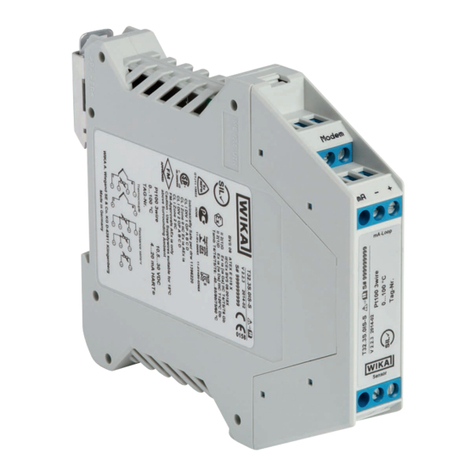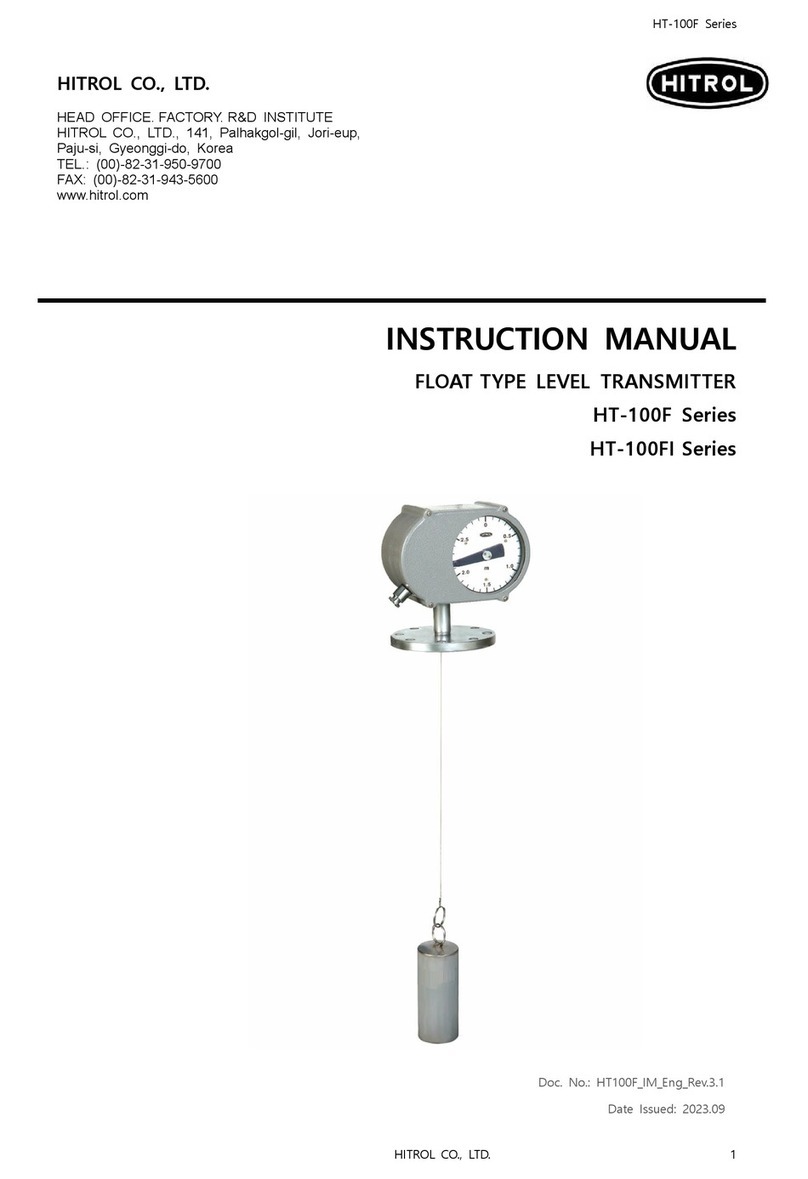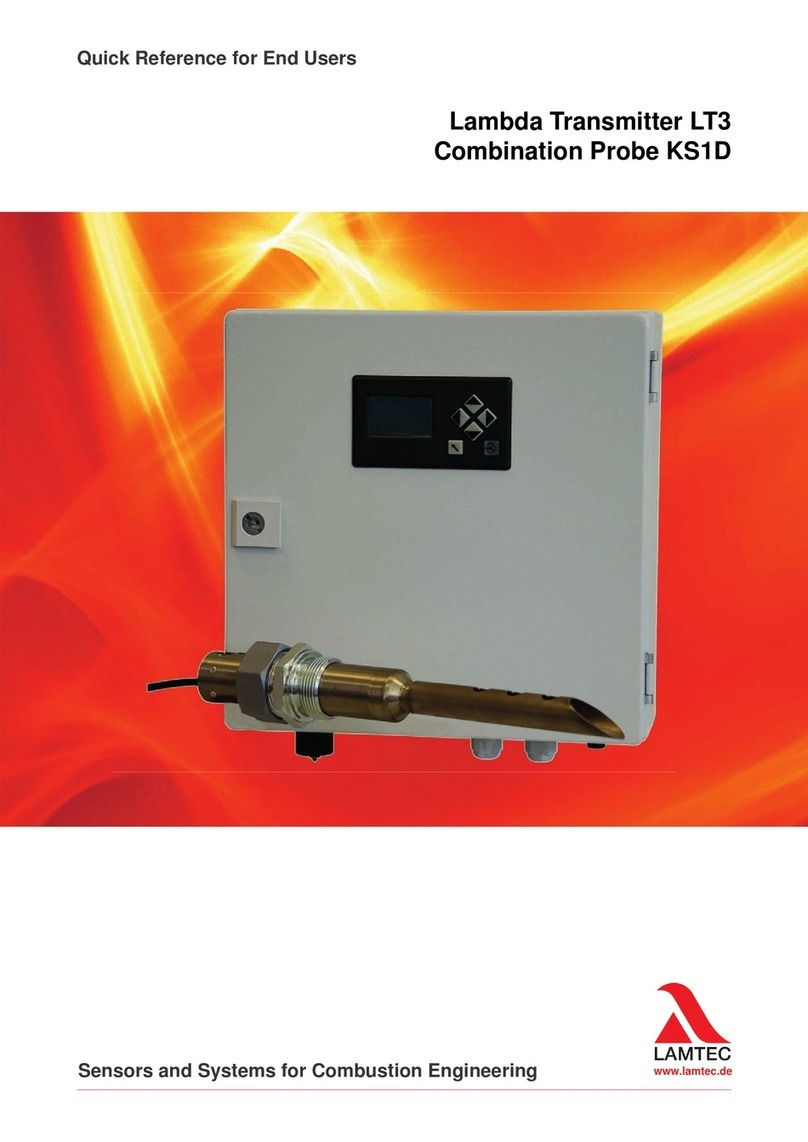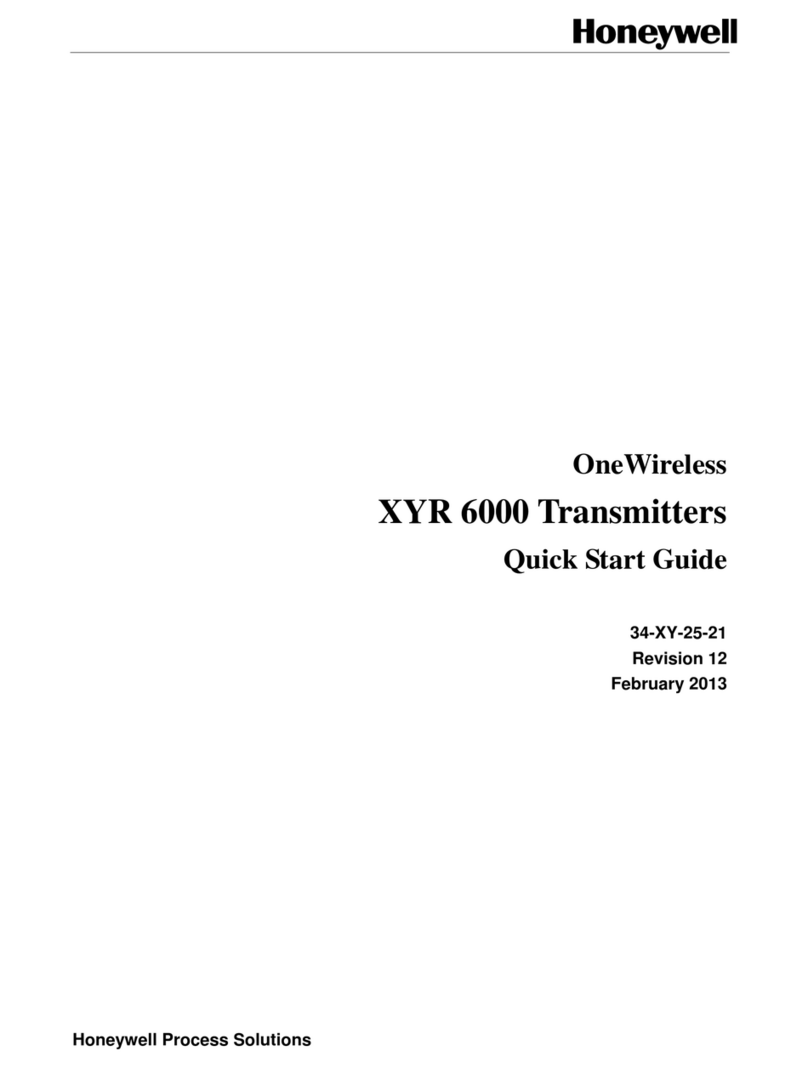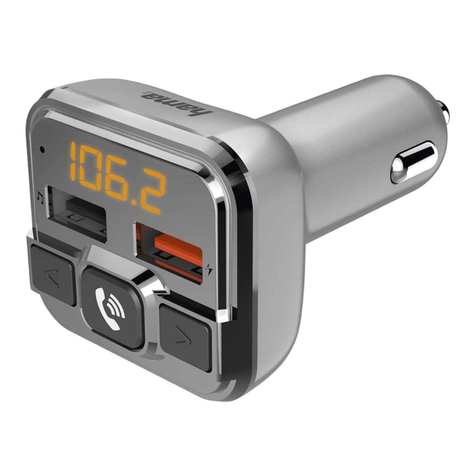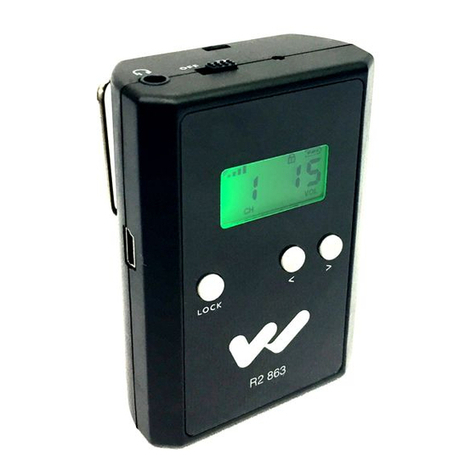Evacom LX20 User manual

LX20
Installation
Instructions

2
Programming Transmitters
Your LX20 GPRS transmitter must be programmed with a number (or two) in
order to send signals upon activation.
If you have requested it, your transmitter will have been PRE-PROGRAMMED
at evacom. But if not, you will need to program the transmitter yourself.
evacomTM supplies the software required free, but you will need a proprietary
cable (available from our website).
Alarm Panels
The example panel used in these instructions is a Bosch Solution 844 with
ContactID connections, 18 volt transformer and space in the panel interior for
additional components.
The evacomTM LX20 can be installed into any alarm panel that outputs
ContactID, so there shouldn’t be any problem substituting the panels.
In general the only connection(s) to the panel are the INPUT for signals,
replacing the PSTN input, and perhaps to SHARE the battery*.
*not recommended – see later
Separate enclosure
Sometimes there is no room within the alarm panel for the evacomTM
components. Or it might be preferable for the evacomTM transmitter and power
supply to be installed in a separate enclosure.
These instructions are specifically for components installed in an existing panel
box, but a separate enclosure poses no extra issues.
Aerial
The GPRS unit in the LX20 board requires that signals can be received from
the cellular network. An aerial is supplied (pictured page 6), which MUST be
mounted at least 1.5 metres from the alarm panel transformer.
To get a good signal from the cellular network it might be necessary to
experiment with several locations for the aerial. Usually an outside wall is
better than the centre of the house. In some cases a signal booster might be
required.

3
The aerial used is OMNIDIRECTIONAL, which works best when vertical. Fix
it in a vertical position against a wall or upright partition (not metal), and resist
the temptation to throw it horizontally across the insulation of the roof space.
WARNING
GPRS signals from all telecommunications companies are notoriously
inconsistent. What might be a reasonable signal one day could be poor the
next, so it is imperative that a good signal be found. A signal that is on the
edge of adequacy at installation time might drop out later, due to atmospheric
or a number of other conditions.
Simplified Wiring Diagram
The LX20 connects through four (4) wires (white, red, green, brown) to the
Power Supply (prewired on the PS board), and through two (2) signal wires
(usually blue and white) to the alarm panel.
The Power Supply then connects to the new backup battery, and to the AC
alarm panel connections for power.
For more detailed illustrations, turn the page.
ALARM PANEL
AC (18 volts)
existing
existing
LX20
SIGNAL
AERIAL
BATTERY
BATTERY
AC
AC
POWER
SUPPLY
EXISTING
BATTERY
NEW
BATTERY
NOTE:
These instruc-
tions are for us-
ing an additional
backup battery,
which is recom-
mended. If using
the EXISTING
battery, check
the special
instructions on
page 6

4
LX20 Board
Alarm Panel
IN
Power
Supply
SIM card
Programming
Aerial
WHITE.............R1
BLUE...............T1
WHITE.............BTT
GREEN ............PWR
RED ................+12V
BROWN...........GND

5
Power Supply
BACKUP
BATTERY
To LX20
Alarm Panel
AC
JUMPER
Remove for connec-
tion to a separate
backup battery
Leave in place if using
the alarm panel back-
up battery
PLEASE NOTE:
On these boards, BROWN is Ground, NOT green
PLEASE NOTE:
A separate battery for the LX20 module/power supply
is highly recommended. Installations using the
existing backup battery may cause false battery fail
signals to be sent to the monitoring station

6
Typical Installation
Below is a photographic representation of a
typical installation in a Bosch Solution
844 Alarm Panel. (No wiring)
Single Battery Installation
In some circumstances you might wish to install a module and utilize the
existing backup battery (we do not recommend this). The red and black leads
from the power supply are plugged in to the same terminals on the panel as
the existing battery. Ensure that the jumper on the power supply is IN PLACE.
Aerial
BATTERY
BATTERY
AC
SIGNAL
EXISTING
BATTERY
AC
18V
AERIAL
GREEN
BROWN
RED
BLUE
WHITE
WHITE
IN
IN
OUT
OUT
R1
T1
JUMPER!

7
Full Installation Diagram – two backup batteries
AC
SIGNAL
EXISTING
BATTERY
AERIAL
GREEN
BROWN
RED
BLUE
WHITE
WHITE
IN
IN
OUT
OUT
R1
T1
REMOVE JUMPER!
BATTERY
AC
18V
NEW
BATTERY

8
Dialler Setup
The alarm panel dialler must be set to ‘ring’ the LX20 module, which is either
pre-configured at evacomTM to dial your preferred monitoring station, or it is
the number you have programmed yourself*, whenever a signal is received
from the panel.
*Requires special software and cable, available from evacomTM.
NOTE: ANY number can be used. The alarm dialler only needs to know the
number programmed into the board, which could be 1234567 or 7777777
Single Communication Path Installations
If the LX20 is the only form of communication with the Monitoring Station, set
the alarm panel to dial the LX20 transmitter. Nothing more is required.
Multiple Communication Paths
The LX20 transmitter is best treated as a ‘phone line’. If the alarm dialler can
be programmed for more than one number, set the LX20 number as one and
the alternative communication path as a separate number.
Whichever is set as PRIMARY will be dialled first, and if no connection is
made, the SECONDARY number will be dialled.
Installation with PSTN (landline)
When retaining a PSTN line for the alarm panel, the LX20 module is installed
BETWEEN the alarm panel and the PSTN line (in serial – see diagram).
Whether the LX20 module is the PRIMARY or the BACKUP signal path for the
alarm panel, two numbers must be set up in the alarm panel dialler.
The first number is PRIMARY, the second number is SECONDARY, or Backup.
The order that you set the numbers in the alarm panel dialler depends upon
whether the LX20 is Primary or Backup.

9
Installation with evacomTM EX20 module
Communication modules can be installed in SERIAL (as shown above) and the
alarm panel dialler set to the appropriate numbers.
Communication modules can be installed in any order, regardless of which is
to be dialled first. When a number is dialled that is NOT the EX20 number, it is
ignored, and passed through to the next device
The exception is PSTN, which must be last as it has no pass-through function.
SIGNAL
PSTN
BLUE
WHITE
IN
IN
OUT
OUT
BLUE
WHITE
AERIAL
RING
TIP
R1
T1

evacom™ Limited
304 High Street
Lower Hutt 5010
64 4 569 3511
For more information, visit our website:
www.evacom.co.nz
TM
Table of contents
Popular Transmitter manuals by other brands

Magnetek
Magnetek telePilot TX12M-1 Installation and user manual

Crestron
Crestron DigitalMedia DM-TX-100F Operation guide
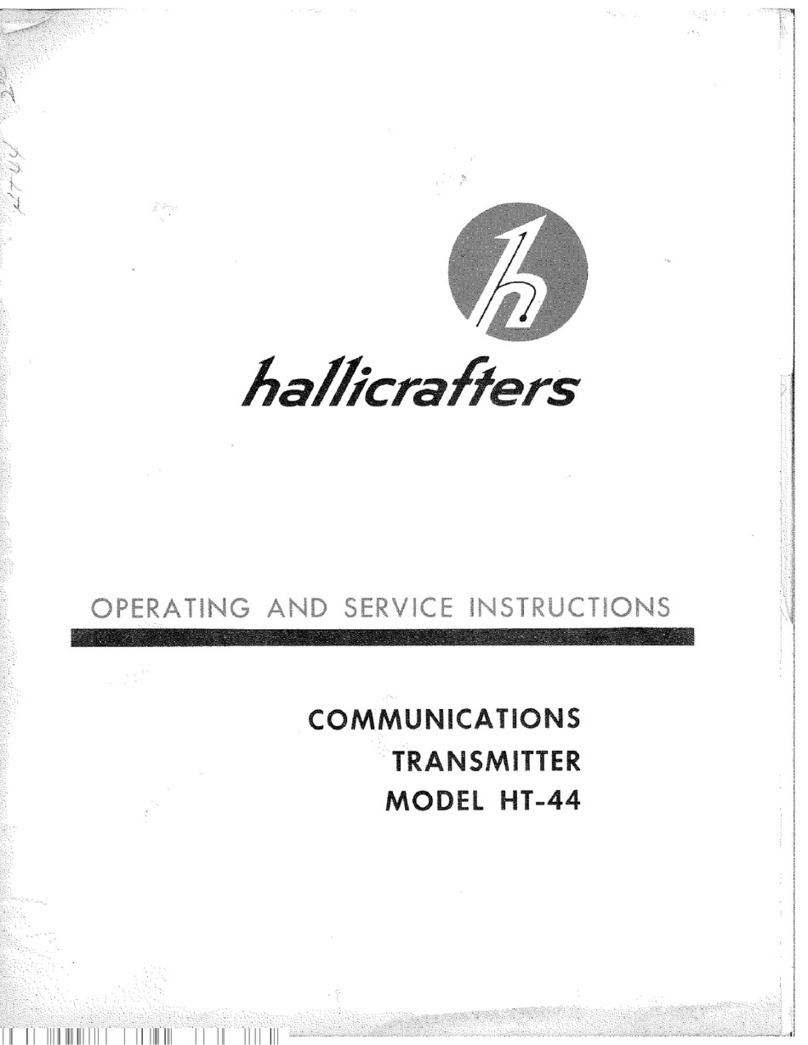
Hallicrafters
Hallicrafters HT-44 Operating and service instructions
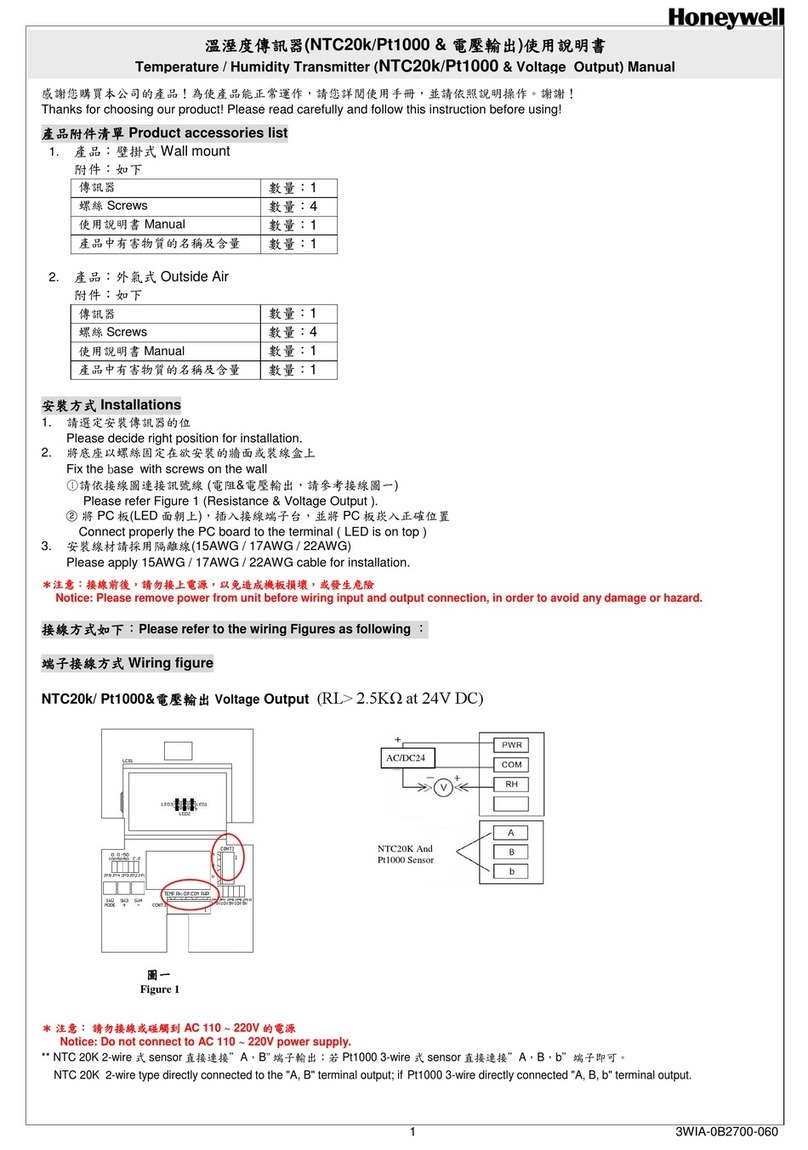
Honeywell
Honeywell NTC20k manual
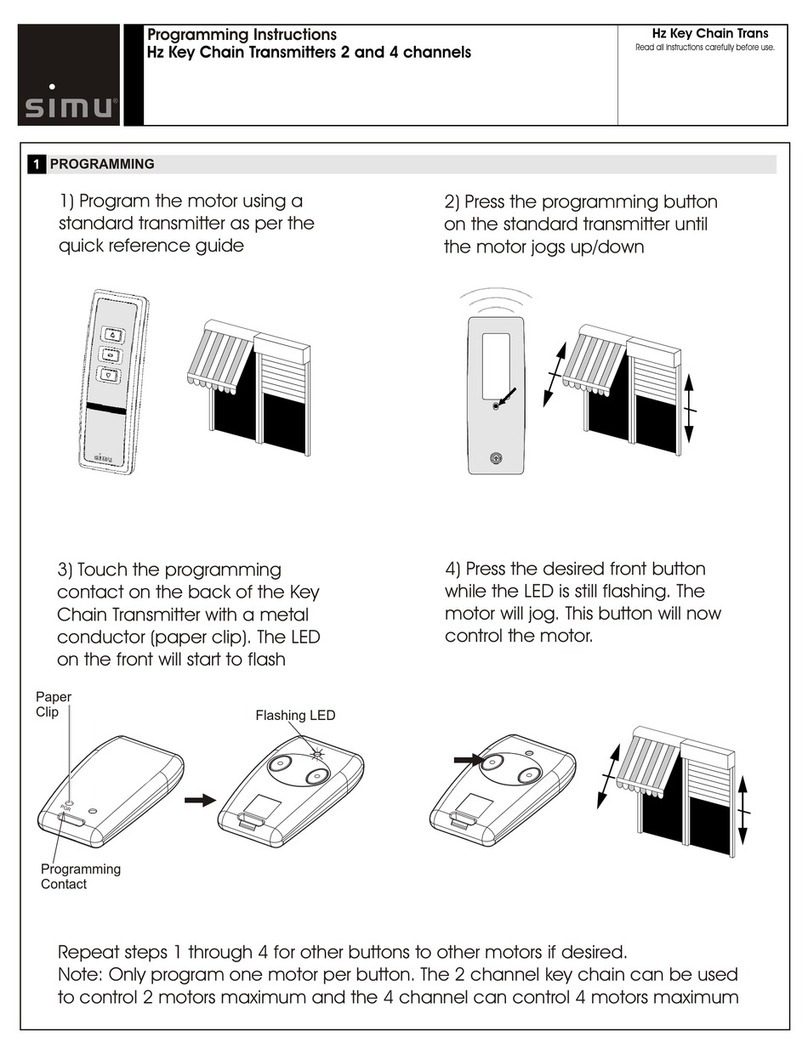
Simu
Simu TSA 4 Programming instructions
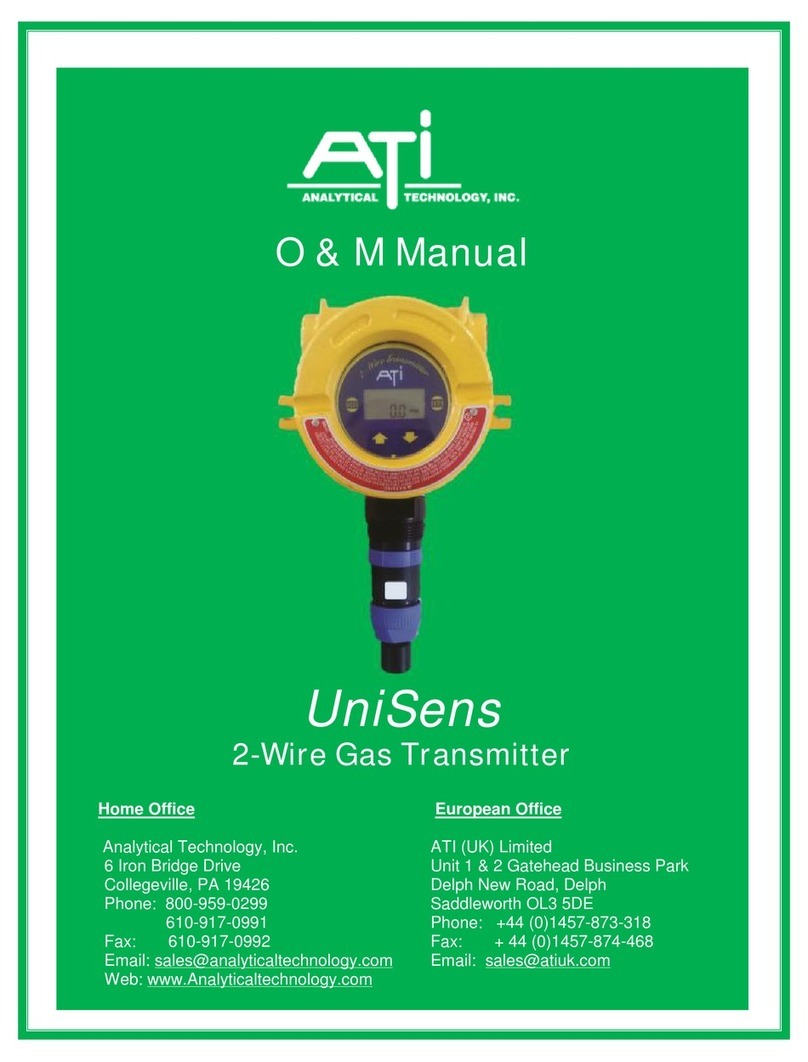
ATI Technologies
ATI Technologies UniSens A12 Series manual
